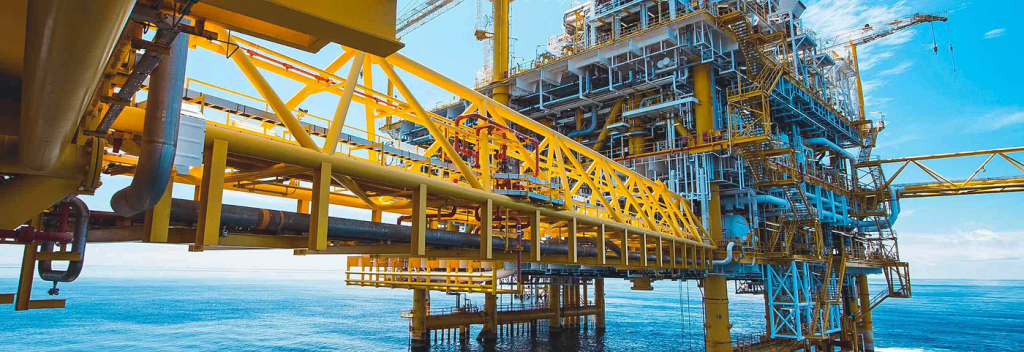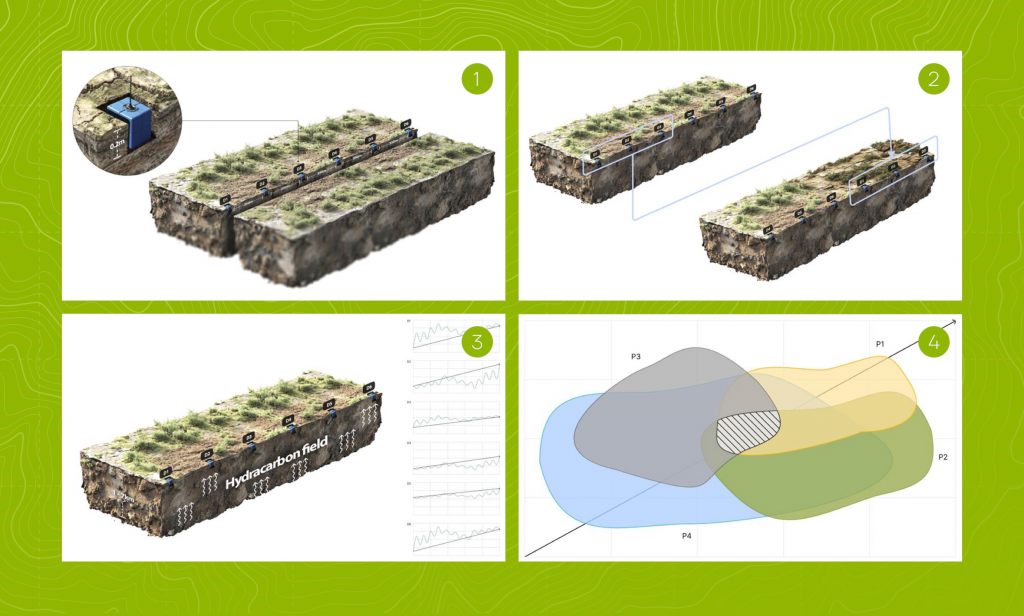Hydrocarbon Exploration Vectorial Analysis.
The technology is an advanced method for hydrocarbon exploration that utilizes the detection and vector analysis of low-frequency microseismic emissions. Specifically, it focuses on analyzing the full threedimensional (3D) microseismic fields generated naturally by the Earth’s subsurface activities. This method leverages the phenomenon that hydrocarbon reservoirs emit distinctive low-frequency seismic waves, typically in the range…
The technology is an advanced method for hydrocarbon exploration that utilizes the detection and vector analysis of low-frequency microseismic emissions. Specifically, it focuses on analyzing the full threedimensional (3D) microseismic fields generated naturally by the Earth’s subsurface activities. This method leverages the phenomenon that hydrocarbon reservoirs emit distinctive low-frequency seismic waves, typically in the range of 2 to 5 Hz. By capturing and analyzing these emissions, geoscientists can identify and characterize potential oil and gas deposits without the need for traditional active seismic sources.
Purpose and Objectives
- Hydrocarbon Detection: the primary purpose of this technology is to directly detect the presence of hydrocarbons (oil and gas) under the surface.
- Reservoir Characterization: beyond mere detection, the technology aims to characterize the identified reservoirs.
- Risk Reduction in Exploration: by providing direct indicators of hydrocarbon presence, the technology reduces the risk associated with drilling dry wells.
- Cost Efficiency: the method is designed to be more cost-effective than traditional seismic exploration techniques.

Fundamental Principles
- Natural Low-Frequency Seismic Emissions: Hydrocarbon Resonance, Passive Seismic Method.
- Vector Analysis of 3D Microseismic Fields: Three-Component Geophones, Full Wavefield Capture.
- Low-Frequency Focus: Concentrating on the 2–5 Hz.
- Advanced Data Processing: Signal Processing Algorithms, Anomaly Detection and Mapping.
Typical Procedure for Conducting a PoC
- Survey Design: objective identification.
- Sensor Placement Strategy: initial placement, grid coverage through Sensor Relocation, systematic movement.
- Equipment Calibration: calibration tests team assembly, personnel involved, training and safety briefing.
- Sensor Installation: deployment , backup sensor readiness.
- Data Acquisition: recording sessions, relocation, environmental logging.
- Real Time Monitoring: data quality checks, issue resolution.
- Data Management: secure storage.
- Data Analysis: noise filtering, vector analysis.
- Anomaly Mapping: visualization, interpretation.
- Results Compilation: report preparation, maps and data.
- Stakeholder Presentation: findings presentation, recommendations.

Advantages Over Traditional Methods
- High Cost Effectiveness: Direct Detection, Reduced, Dry Wells, Reduced Survey Time.
- Minimal Environmental Impact: Minimal Disturbance, Regulatory Compliance.
Results
The developed 3D model determines hydrocarbon accumulation, allows the user to assess reserves, and provides recommendations for new wells location:
- Improved field development efficiency.
- Reduced drilling of empty wells and drilling cost savings.
- Integrated modeling and operational asset management.
- Improved accuracy of results and reduced probability of interpretation errors.
- Predict geologic structures and identify the most promising locations for hydrocarbon exploration.
- Minimize human error in seismic acquisition.
- Up to 7 km depth of hydrocarbon vibration detection.
- More than 85% direct prediction accuracy.
